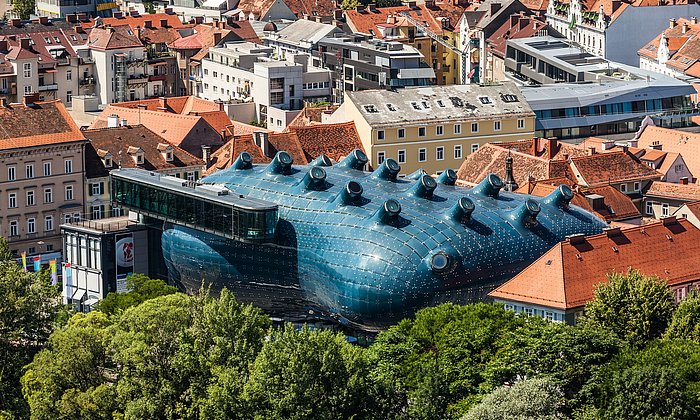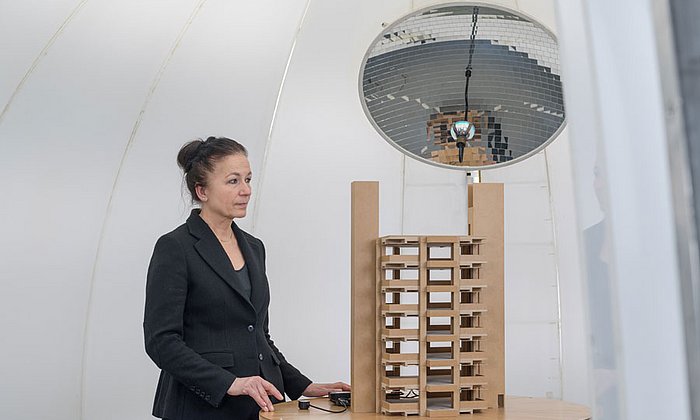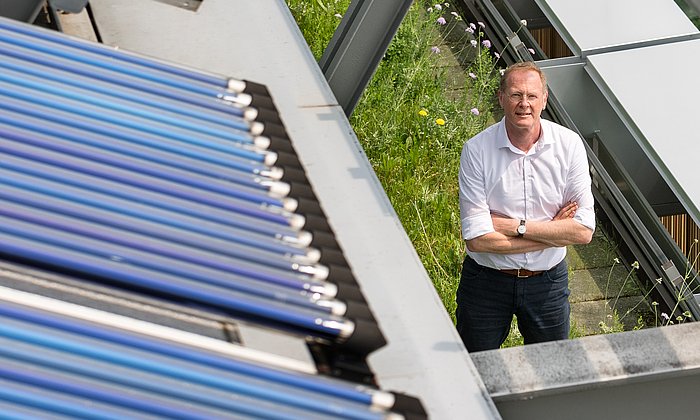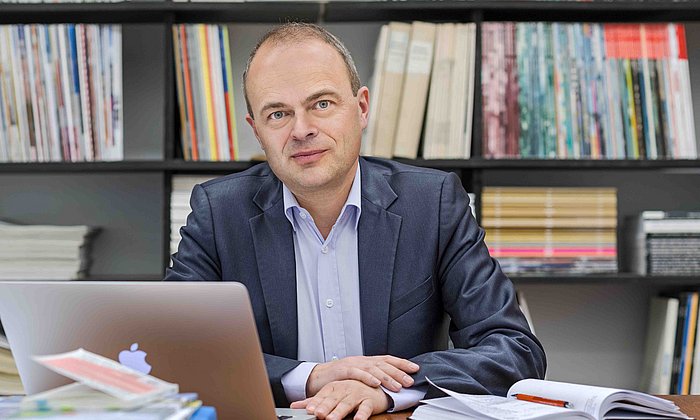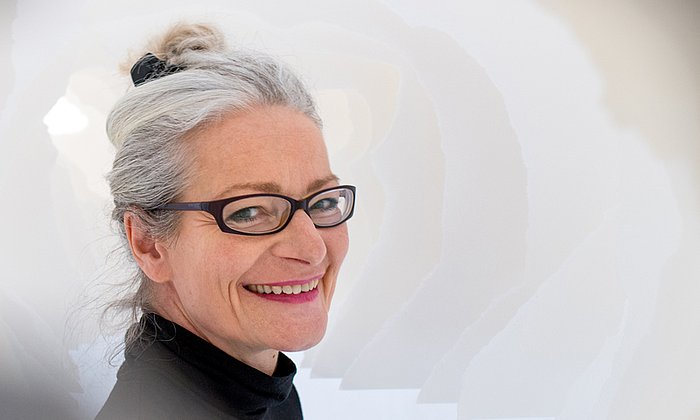Prof. Sophie Wolfrum talks about the housing situation in Munich
"I see it as my duty to continue providing high-quality urban design"
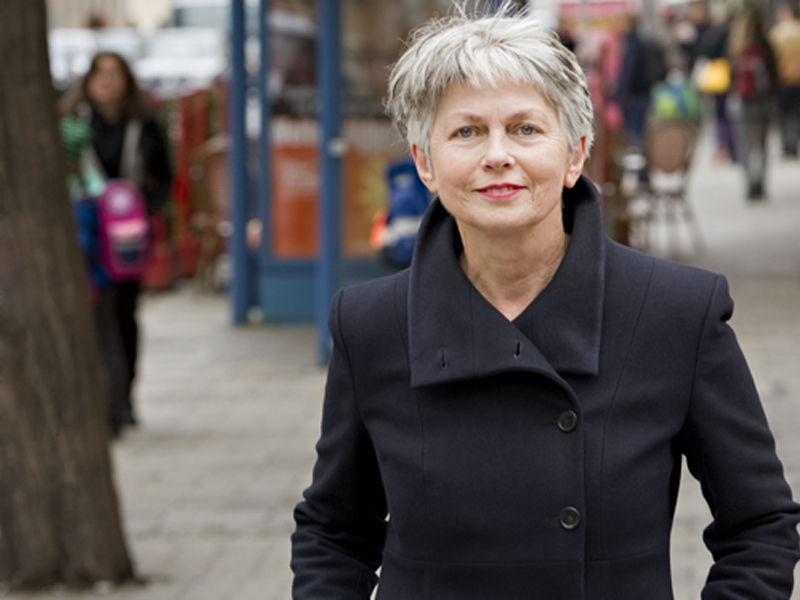
Is urban growth more intense than it was in the past?
You can't really say that. Cities have always had growth phases, depending on the region, economy and the times. Thus for example a lot of money flowed into Germany in the form of reparations after the Franco-Prussian War in 1871. Together with industrialization and modernization, the result was very rapid growth of the cities in Germany during this period. Then we had strong growth after World War II: Ten million refugees came to the West. And cities are currently growing again. But the reasons can vary around the world. Thus for example in developing countries there is a shift from agrarian to industrial societies. In the developed countries on the other hand we see a shift from economies based on the production of goods to service and knowledge-based economies. The universities are growing, as can be seen for example at the TU Munich, where the number of students has doubled over the last ten years. The students then bring knowledge and economic activities to the city.
The housing shortage in Munich is particularly visible in the case of students who have difficulties finding an apartment. Was there a lack of proper advance planning in the past?
It's impossible to plan too far into the future, it makes much more sense to orient planning to requirements. But in past years reactions have been too slow. The plans for expanding the city which were formulated in the post-war years are today still characteristic for major urban areas in Munich. You could say an oversized coat was tailored which the city could grow into over the course of decades. In the 1950s and 1960s we saw the large new housing developments, for example in Neuperlach, Hasenbergl and Lerchenau. And the major single family home developments appeared in this period as well. There was a mixture of gradual development and large housing projects; Neuperlach was for example conceived as an overflow city, for 80,000 residents all at once. Measures on this scale were then unthinkable for a long time. But today we should really start talking once again about the fact that small measures will no longer be enough to satisfy demand. And it's beyond all doubt that the demands in this city are very large.
Should there be more construction?
I really think what we need in Munich is construction, construction, construction. However, this generates a lot of conflicts which the responsible Munich urban planners will have to master. Nevertheless, we have to start building more densely. Highly popular urban areas such as Schwabing, Sendling and Maxvorstadt are also very dense and their quality has to be achieved once again. Here we're not only talking about residential construction: social and technical infrastructure, like schools and public transportation, also has to grow at the same time. I see it as my duty to keep providing urban planning and urban design at such a high level of quality that the new urban districts will be just as popular as the old ones. This may take some time, but it is fundamentally a question of urban design proposals, a profession which we teach here at TUM.
What will urban planners have to bear in mind in order to create popular and lively urban districts?
There has to be a good balance between the buildings constructed and the intermediate spaces which actually make up the urban space. All these spaces, the urban public and private spaces in the buildings should intermesh well with one another. The districts have to be more than just functional, they also have to have the strongest, most lively mixture possible. One big problem whose consequences are hardly foreseeable is retail commerce, which is changing at a very rapid pace. Of course we want new urban districts to have a balance between living and working, a lively city with opportunities for a variety of activities. This certainly has to do with density, but it also has to do with the quality of the density.
Where could new urban districts be created in Munich?
For one thing there are areas in the Northeast along the suburban rail stations Daglfing, Englschalking and Johanneskirchen. It would be possible to expand the city here. However, the land is already in use, primarily as farmland and for equestrian sports. The second area in which the city of Munich is preparing an "urban planning development measure" is in the northwest near Feldmoching, right on the city limits. But here too there are strong conflicts of interest, several farmers have already organized a citizens' action group against the "urban planning development measure", which is first to ascertain the potential for construction space there.
Do you think the tense situation will be improving soon?
I think it will take time for the dust to clear and for things to settle down. Urban planning accelerates residential construction, and the municipal building societies have drastically increased their construction activities. But it will take several years before this improves the supply situation. With things the way they are now it's hardly conceivable that there could be over-production which would result in apartments standing vacant. There have certainly been some unwise investments. Right now many small apartments are being constructed, and it may well be that in 20 years hardly anyone is interested in this kind of apartment, because new forms of living together will be developing more strongly.
What forms of living together are you thinking about?
Right now we can see that fewer and fewer people are living in conventional families; more than half of the households in Munich are single-person households. New forms of living will develop in this area. In my generation the shared apartment always had the appearance of being a compromise solution where the residents had to argue about doing the dishes. But such new joint living situations make it possible to have more privacy, for example in a group of mini-apartments surrounding a shared area which in turn allows joint activities. This development is rapidly increasing, but there is only a minimal supply of corresponding housing. Several building societies are constructing this kind of residence themselves, but as yet they are hardly known in the open market.
Contact:
Prof. Sophie Wolfrum
Technical University of Munich (TUM)
Chair of Urban Design and Regional Planning
Tel. 089/289-22478
sophie.wolfrum@tum.de
Pictures for editorial use
Technical University of Munich
Corporate Communications Center
- Stefanie Reiffert
- stefanie.reiffert@tum.de
- presse@tum.de
- Teamwebsite
